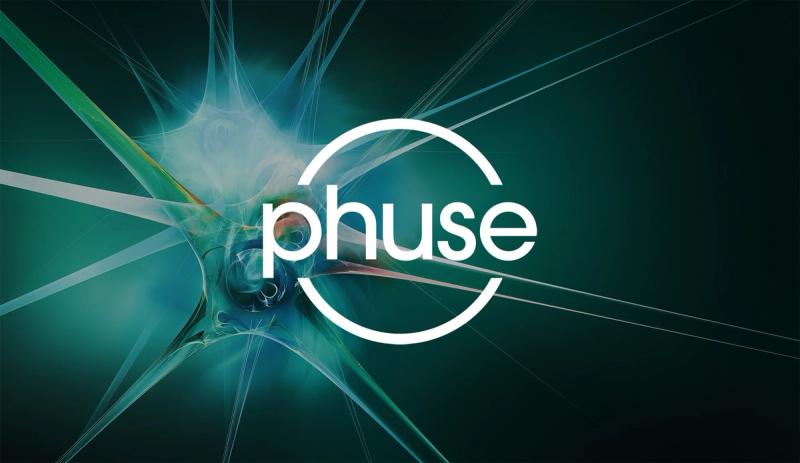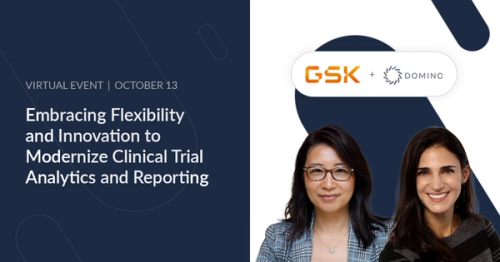Moving Faster: How Can a Modern Statistical Computing Environment Promote Innovation and Accelerate Clinical Trials?
Caroline Phares2022-09-19 | 5 min read

Will the adoption of new tools and methodologies promote greater innovation and quicker development of new therapies for patients in need? That is a possible result of the FDA’s growing acceptance of the use of the R programming language in the statistical analysis and reporting for clinical trial submissions, which has long been the nearly exclusive province of SAS.
As Brian Varney, a senior technical manager for Experis, recently wrote in Bio-IT World, this acceptance has been a long time coming.
“Simulations, journal articles and other types of research have leveraged R. The FDA has also used R for a variety of tasks such as checking SAS-generated results from companies,” he wrote in an article earlier this year.
“It is evident that the interest in the use of R in clinical submission work has been slowly building for over a decade; and now the growth is at an all-time high,” he added.
Growing Acceptance of R Could Promote Greater Flexibility for Pharma
This flexibility opens up the possibility of using both R and SAS in developing regulatory submissions, allowing clinical programmers to use the best tool for the job and speeding up the analysis required to bring new treatments to patients in need. It also meets the need for clinical programming organizations to attract and retain talent from a growing pool of programmers and data scientists who are proficient in and eager to utilize R.
What’s Holding Clinical Programming Organizations Back from Sorely Needed Innovation?
Several relatively important questions must be addressed before our industry can exploit this new flexibility for greater innovation and acceleration. How many organizations are ready to do clinical trial analysis and reporting in both languages? More importantly, what capabilities does a statistical computing environment (SCE) need to have to enable organizations to evolve and exploit this flexibility?
To answer these questions, we need to look at what inhibits pharmaceutical innovation in general. Domino has worked with many leading pharmaceutical companies, which often encounter three big challenges: inflexible infrastructure, collaboration difficulties, and the general problem of efficiency, particularly when it comes to making use of modern technologies and open source tools such as R.
For example, we have seen companies struggle with needing separate environments for R and SAS in order to be able to make use of all of the capabilities R Studio provides. This leaves an integration issue which complicates the technical solution as well as the business processes, leading to delays in many ways, preventing the intended acceleration of quality clinical submissions.
How a Modern SCE Solution Can Help
What pharmaceutical companies need is a flexible multi-lingual, multi-IDE statistical computing environment, which allows clinical programming teams to use both R Studio and SAS Studio under a unified user experience within one study analysis project. This helps:
- Study teams to be able to easily leverage each individual’s strengths and skill set within the common workflow, allowing each team to move more quickly.
- Clinical programmers to each become more proficient in R at their own pace, without compromising team velocity.
- Clinical programmers to easily make use of and contribute to open source communities within a familiar user experience.
- Clinical programmers to easily make use of R Shiny applications within studies in order to minimize work
New, Flexible Environments Pave the Way for Innovation
To maximize acceleration in clinical trials, Domino meets the need for innovation by enabling clinical programmers to make optimal use of both SAS and R, and the ability to easily incorporate new languages and tools when it makes sense. Additionally, Domino allows different workflows to be configured to best fit a purpose, whether it be study analysis and reporting, running ad hoc analyses, developing models, or developing and deploying R Shiny applications, and more. Furthermore, Domino’s robust API allows it to be easily integrated into the end-to-end clinical study workflow, for streamlining and end-to-end acceleration.
To learn more about how to spur innovation in pharma, visit Domino Data Lab at PHUSE CSS on September 19-21, or read our white paper explaining why successful digital transformation demands a flexible SCE.
Caroline Phares is the Global Head of Health and Life Sciences at Domino Data Lab. Before coming to Domino, she served as Product Director, Quantitative Decision Making at GSK.
RELATED TAGS
Subscribe to the Domino Newsletter
Receive data science tips and tutorials from leading Data Science leaders, right to your inbox.
By submitting this form you agree to receive communications from Domino related to products and services in accordance with Domino's privacy policy and may opt-out at anytime.




